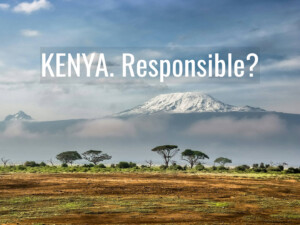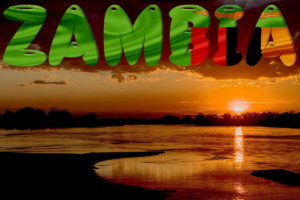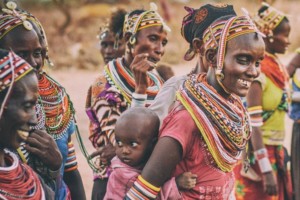Conservation, climate, culture challenge food tourism in Botswana
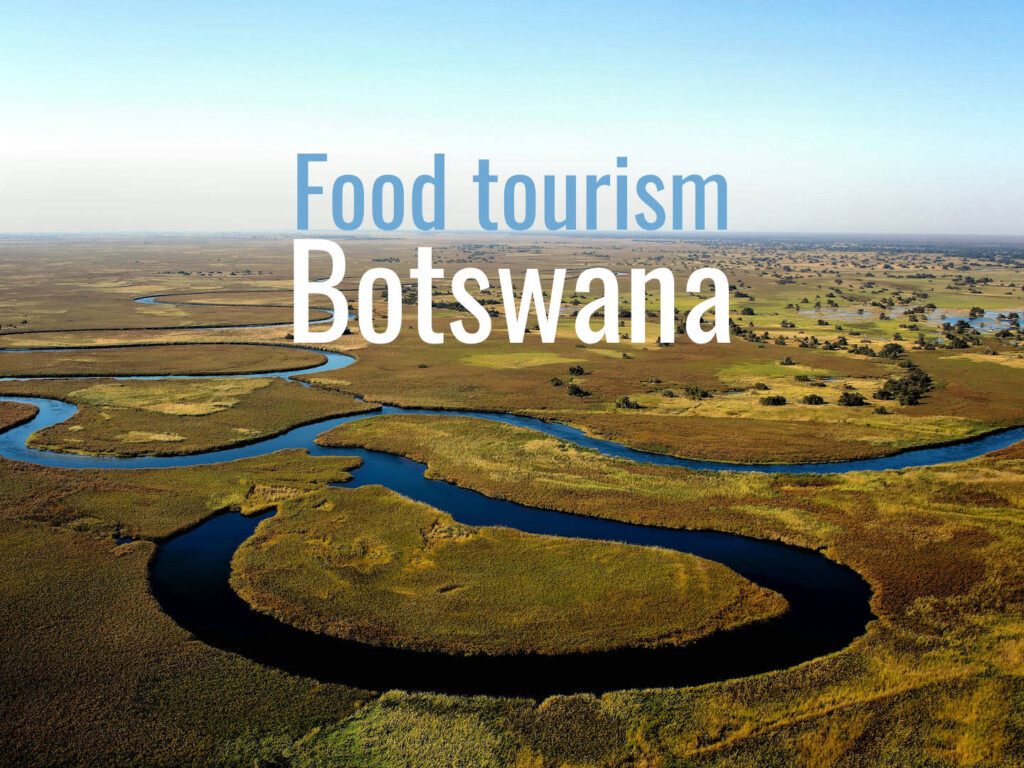
Delly Chatibura sees a huge opportunity for Botswana to leverage its natural and cultural resources for food security and good food tourism. But it is not without its challenges.
[Thanks to Jim Butcher for inviting Dr Chatibura to write a “GT” Insight.]
Contents
Food tourism in Botswana. Why not?
Food cultures are often integral to tourism, with Bangkok’s street food, New York’s diners, tea in China, and French baguettes being four arbitrary examples. But how many of the world’s tourists are familiar with Botswana’s rich food culture, and the issues attending it?
Many countries and regions have incorporated gastronomy in their local economic development and tourism strategies. Why not Botswana?
Also read Adenike Adebayo’s “GT” Insight: ‘Delicious, nutritious, precious: Nigeria’s ‘Slow Food’ travel & tourism potential’
The promotion of local economic development is an essential strategic priority for Botswana. As the country prioritises this aspect through her national development plans (NDPs), the potential contribution of food culture to tourism is great.
Gastronomy is an integral part of the culture and heritage of a place. It is used by destination marketing and management organisations, governments, and industry groups in promoting place identity and local development.
Here, I argue that gastronomy is an ideal resource for local economic development and place branding in Botswana, but that there are some imminent issues that should be reviewed in achieving this.
Mopane worms under threat
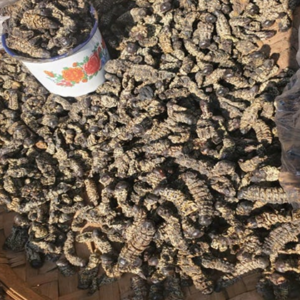
Mopane worms are the caterpillar phase of the emperor moth (Imbrasia belina). They feed on mopane tree leaves.
Endemic to southern Africa as a natural forest product, in their cooked form — grilled, deep fried, stewed, or boiled — the worms are a delicacy, either as a snack or an entrée on restaurant menus and in homes.
The worms, which are featured on Botswana’s five-pula coins, epitomise high cultural significance in Botswana.
Mopane worms are common in areas of Botswana where mopane trees are prevalent, such as Lerala, Maunatlala, Palapye, Serowe, and Francistown, in the central, east, and northern parts of the country.
Trade in the resource provides a substantial source of local economic livelihood in those areas. In Botswana and other southern African countries, the mopane worm trade was worth up to $100 million in 2022.
The mopane worm trade is however under threat from over-harvesting, climate change and the deforestation of mopane trees for firewood. Thus the use of mopane worms as a sustainable source of gastronomic identity is threatened.
Furthermore, the institution of indigenous resource management systems to address these challenges, alongside other plans, have largely been unsuccessful.
At the global level, efforts to address the effects of climate change have also failed to prevent the impending extinction of the worms.
Don’t miss other “Good Tourism” content from Africa
Beef under pressure
The connection between cattle, beef, and cultural heritage in Botswana is profound.
Cattle rearing by local agricultural communities has for a long time been connected symbolically to Botswana’s food heritage.
The seswaa, or serobe, beef-based cuisines are gastronomic resources that could be used to promote local economic development and advance ‘ethnic gastronomic identity’ in Botswana’s beef strongholds, such as Ghanzi town in Central District.
However, the recognition of beef as a gastronomic resource is threatened by a global call for the reduced consumption of beef. The beef industry is considered the largest emitter of carbon dioxide and methane gases driving global warming.
The further dependency of a food culture on beef therefore depends, largely, on how policy makers can navigate the controversies surrounding beef production.
How can the country address potential tourists’ ‘guilt consciousness’ of climate change and environmental sustainability?
Can tourists participate in beef-based activities and still ‘care’ for the environment?
Game meat undermanaged
Although game meat is widely publicised as a resource with the potential to contribute to sustainable food choices and economic livelihoods, in Botswana it is controversial.
A wildlife hunting ban in 2014, and its reversal in 2019, is an example. Some researchers viewed the ban as part of a long-standing government effort to transition from game meat to a ‘modernist’ beef culture, fundamentally due to dwindling wildlife numbers.
To others, the move was perceived as an imposition on local communities in the Ngamiland and Chobe District areas, particularly among the indigenous San communities in western Kalahari for whom game meat consumption is a symbol of cultural, ethnic, and historical identity. This, in turn, is indicative of the differences in ‘ethnic gastronomic identities’ that exist in Botswana.
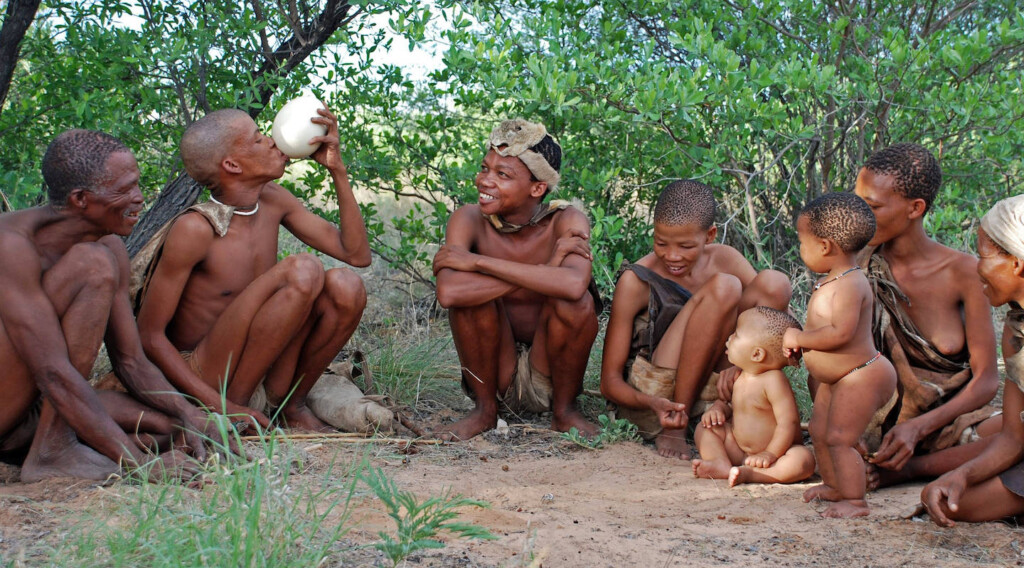
If game meat is to serve as a sustainable gastronomic resource — for inclusion in local development plans — a review of policies controlling its utilisation should be considered.
As game meat is tied to the country’s wildlife and community-based tourism structures, more opinions from the micro and grassroots levels should be sought, and a more nuanced approach to wildlife management and conservation should be developed.
Fish underappreciated
A gastronomic identity around fish culture is also evident around the Okavango Delta, Maun, Shakawe, and Kasane areas in the northwestern part of the country.
Fishing is part of the local populace’s cultural heritage, and fishing tours using mekoro (dugout canoes) are offered in these areas.
Some of the lodges and restaurants in the area have overwhelming fishing traditions and identity. For example, the Nxamaseri Island Lodge has a distinguished fishing history; considered a premier fly-fishing destination for tiger fish.
The Okavango Delta, the largest inland delta in the world, also teems with approximately 71 fish species offering a diverse resource.
Despite the vibrant fishing culture in these regions, fish fails to assume a prominent role in tourism. For example, the Christmas Day menu for 2021 for Maun Lodge (a popular lodge in Maun), featured only one local fish dish (pan-fried Shakawe bream fillets) out of 25 menu items. (There was also a lack of other locally-inspired menu items and terminology.)
An increased visibility of fishing culture could contribute positively to the development of a circular economy that relies on a localised food supply chain, leading to increased local value and appreciation of ‘ethnic gastronomic identity’.
Food tourism in Botswana challenged
While the gastronomic resources I have highlighted in this “Good Tourism” Insight can be essential in defining Botswana’s culinary capital, and could be vital in sustaining local livelihoods and promoting place, there are key challenges that policy makers could consider if they are to be used in development planning.
These include, among others, the prevalence of often overlooked ‘ethnic gastronomic identities’, delays in instituting traditional resource management systems, and the global pressure of climate change.
Don’t miss other “Good Tourism” content tagged ‘food’
What do you think?
Share your own thoughts about food tourism in Botswana in a comment below.
(SIGN IN or REGISTER first. After signing in you will need to refresh this page to see the comments section.)
Or write a “GT” Insight or “GT” Insight Bite of your own. The “Good Tourism” Blog welcomes diversity of opinion and perspective about travel & tourism, because travel & tourism is everyone’s business.
“GT” doesn’t judge. “GT” publishes. “GT” is where free thought travels.
If you think the tourism media landscape is better with “GT” in it, then please …
About the author

Delly Chatibura is an academic and researcher who has dedicated her career to advocating for the recognition of Africa’s traditional culinary heritage in tourism. Dr Chatibura says she welcomes collaboration with like-minded individuals.
Thanks to Jim Butcher for inviting Delly to write a “GT” Insight.
Featured image (top of post)
Botswana’s Okavango Delta is important to the country’s food security as well as its food tourism potential. Aerial shot of the Okavango River, Shakawe, Botswana by Wynand Uys (CC0) via Unsplash. “GT” added the words “Food tourism Botswana”.



